A month ago I came across an article that looked at content in a completely different way. Dominik Grau, the Chief Innovation Officer of Ebner Group, writes about the transformation of his company from a 200 old year “print-centric publisher into a content and services company with a large e-commerce engine as one of the bases of the future monetization”. [1] Dominik Grau draws a clear cut: “Ebner Group is not making magazines but content”. He says “we care deeply about excellent content. Formats and channels come second”. He enumerates the channels: the paper, the website, the video’s, the books.
Well, nothing new for us here. What intrigued me was his “dissection” theory of the content in “Minimal Information Units” or MIUs and their allocation per article part (title, introduction, paragraph, photo, video, interview, infographic and list of facts) [2]. To each of these parts he gives a weight in MIU and distributes them on different delivery channels (Twitter, Facebook, LinkedIn, YouTube, Instagram, etc.) for maximum impact. He sees the traffic of content to the user as a matrix and every touchpoint in the matrix counts to the total impact for an article.
He goes further than that and calculates the impact of an event if set up for exposure on the right channels: it is what he calls “an event package”.
With no further consideration, this model provides us, the library, with a simple mechanism to help researchers – both content producers and followers – maximise the impact of their work, be it a scientific article or not.
[1] Exclusive insights into the transformation of 200-year old Ebner Media Group, LinkedIn – Pulse, published 12 December 2016, https://www.linkedin.com/pulse/exclusive-insights-transformation-200-year-old-ebner-media-grau
[2] How to maximise the impact of your content, FIPP, published on 13 December, 2016, http://www.fipp.com/news/features/how-to-maximise-the-impact-of-your-content
